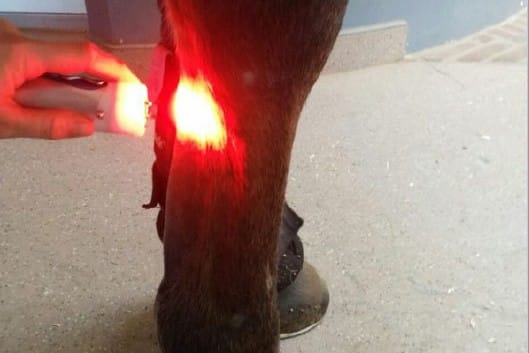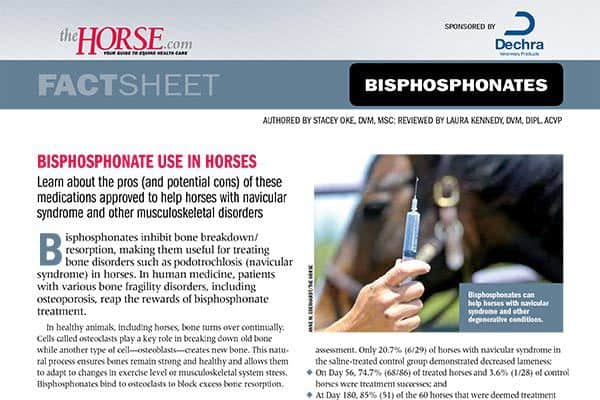
BEVA Publishes Updated COVID-19 Guidelines for UK Vets
With risk assessments and appropriate mitigation, the British Equine Veterinary Association notes vets should be able to carry out work that is essential to support horse welfare and the horse industry.






























